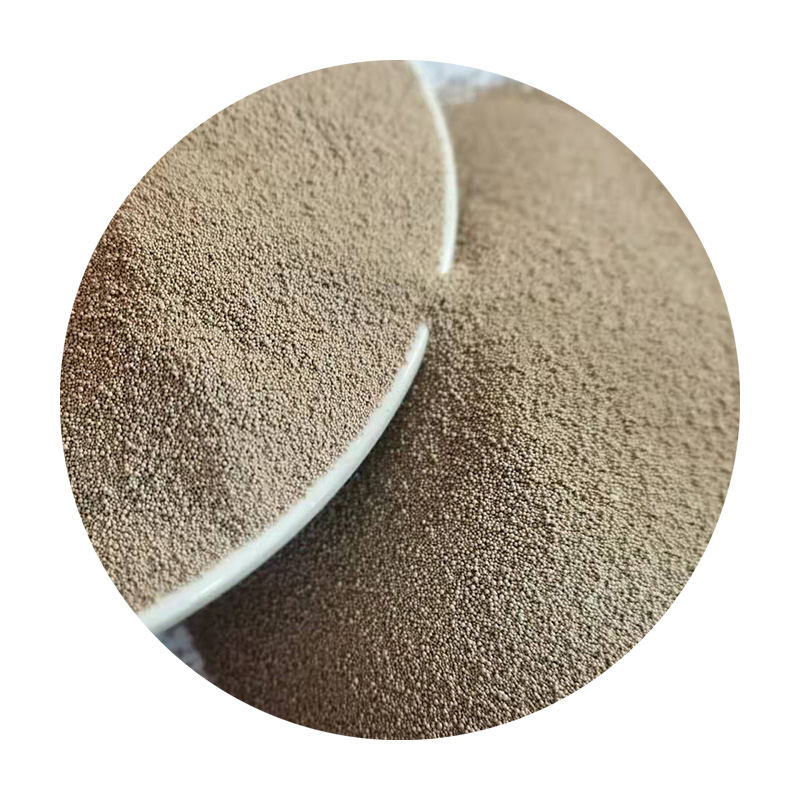The Sand Casting Industry An Overview
Sand casting, one of the oldest manufacturing processes, has remained a cornerstone of the metalworking industry due to its versatility, affordability, and ability to produce complex geometries. This method involves creating a mold from a mixture of sand and a binding agent, pouring molten metal into the mold, and allowing it to solidify into the desired shape. The sand casting industry plays a vital role in various sectors, including automotive, aerospace, and heavy machinery.
The Sand Casting Industry An Overview
The sand casting process begins with creating a pattern, typically made of wood, metal, or plastic, which is used to form the mold. The pattern is placed in a flask, and sand mixed with a binder is packed around it to create the mold. Once the mold is prepared, the pattern is removed, leaving a cavity that captures the shape of the intended part. Afterward, molten metal is poured into the mold cavity, filling the space and taking on the shape of the pattern. After the metal cools and solidifies, the mold is broken away to reveal the cast part.
sand cast industries

Despite its many advantages, the sand casting industry faces challenges, including competition from newer manufacturing technologies like 3D printing and investment casting. However, the industry is adapting by integrating advanced technologies that enhance efficiency and reduce waste. Automation, improved mold designs, and simulation software are being increasingly adopted to optimize the casting process.
Sustainability is also becoming a significant focus within the sand casting industry. Manufacturers are exploring ways to use recycled materials, reduce energy consumption, and minimize emissions during the casting process. This shift not only addresses environmental concerns but also helps companies remain competitive in a market that increasingly values sustainability.
In conclusion, the sand casting industry remains integral to modern manufacturing, offering unique benefits that continue to meet the demands of various sectors. With ongoing advancements in technology and a growing focus on sustainability, the industry is well-positioned to thrive in the future, adapting to the ever-evolving landscape of manufacturing challenges and opportunities.
Post time:Sult . 25, 2024 21:36
Next:how to sand resin 3d prints
